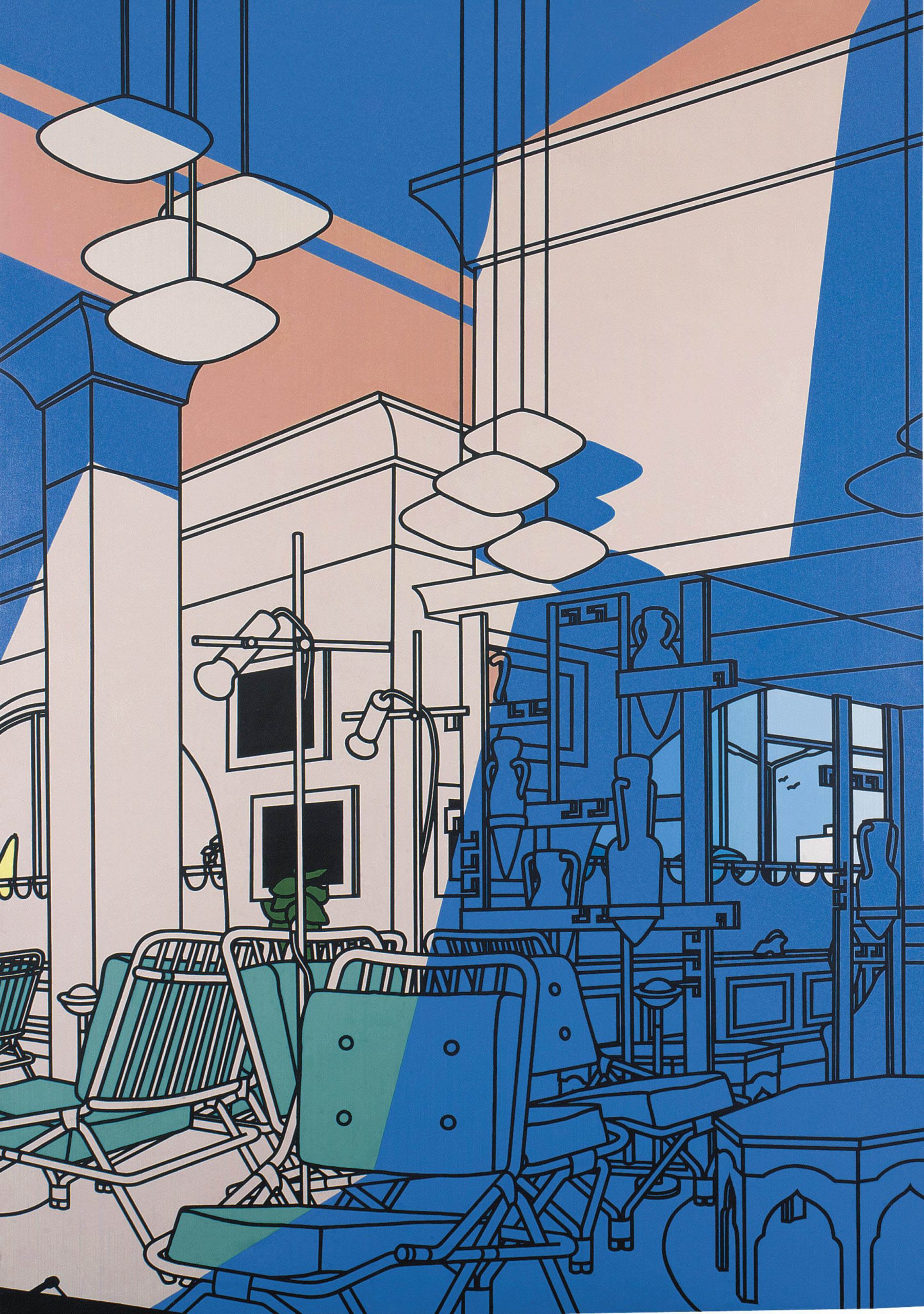FAIR Materiality Assessment Standard
- Home Page 198

Rodeo Arizona
https://www.facebook.com/media/set/?set=a.234792013230937&type=3
In Poland, without fake asylum seekers, women are safe. A paradise. pic.twitter.com/vrQCB90ja9
— RadioGenoa (@RadioGenoa) July 13, 2025
Vegetable Chili
When you first come to the UK, you might be unaware of where to get the shopping essentials for the best price and value 🛒 Luckily, Hannah’s article includes all the cheapest shops you should check out in Lincoln!
— University of Lincoln Student Life (@UoLStudentLife) January 26, 2023
Open Data Communication in Building Automation & Management
“Sun Lounge” (1975) / Patrick Caulfield![]()
The mission of the Consumer Technology Association (CTA)® is to help innovators of all sizes grow their business. Technology is about changing people’s lives for the better. It’s about ideas, large and small, that keep us connected, that help us move and that spark even bigger ideas.
We rank the CTA suite in the middle tier of our advocacy priorities at the moment but action in the CTA suite is picked up in our tracking system. We simply note the commenting opportunity here.
Consumer Technology Public Workspace
Open for review:
This standard specifies a communication protocol for networked control systems. The protocol provides peer-to-peer communication for networked control using web-services. The standard describes services in layer 1 and layer 2. The layer 1 (physical layer) describes the MAC sub-layer interface to the physical layer. The layer 2 (data link layer), as described in ANSI/CTA 709.1, is integrated in UDP/IP communication using IPv4 and IPv6 protocols.
This standard specifies a new, high-speed, long-distance RF media to the current 709 LON standards. The ISM-RF (Industry, Science, Medicine Radio Frequency) transceiver uses unlicensed RF bands and are specific for EU, North America, and other regions through a software-selectable configuration property. This new standard will provide full interoperability and backwards compatibility with any of the current CTA-709 media types using a standard LON-to-LON router. This new media type is suitable for building and home applications as well as smart city and campus applications. It utilizes a meshing software algorithm to ensure broad coverage over long distance without degrading performance. With over 1MB/sec data rates, the primary use cases are for data collection, device monitoring, and control networks where wired devices are not suitable.
Comments are due December 30th.
Obtain an electronic copy from: standards@cta.tech
Order from: Veronica Lancaster, (703) 907-7697, vlancaster@cta.tech
Send comments (with optional copy to psa@ansi.org) to: Same
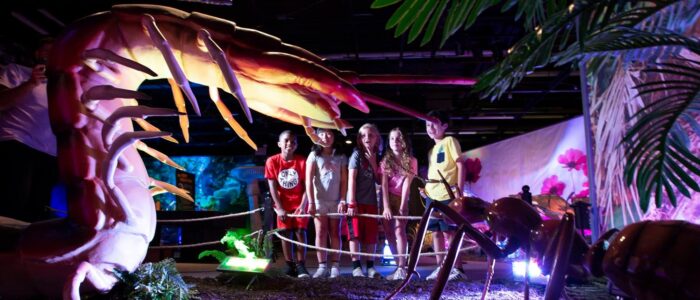
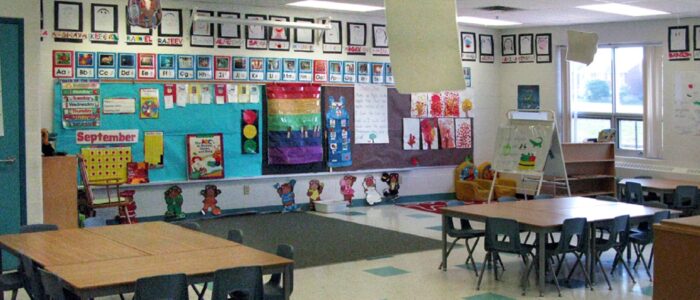

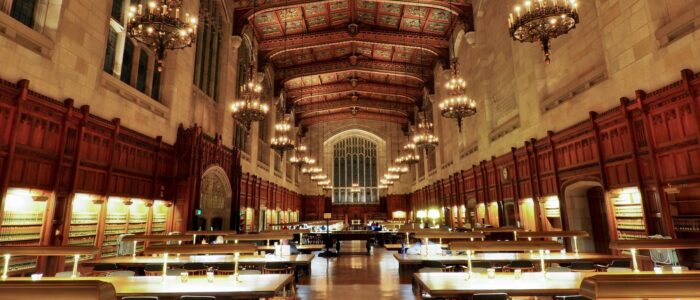


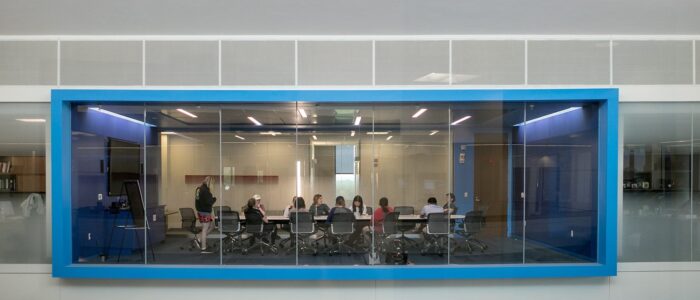

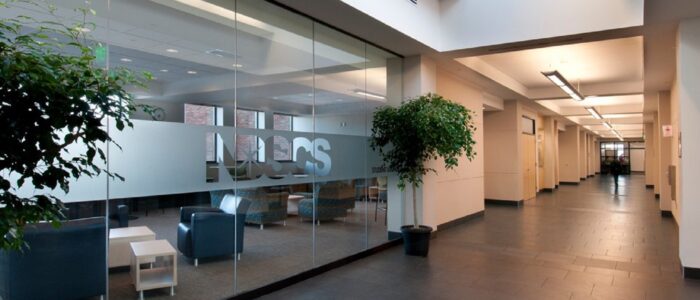
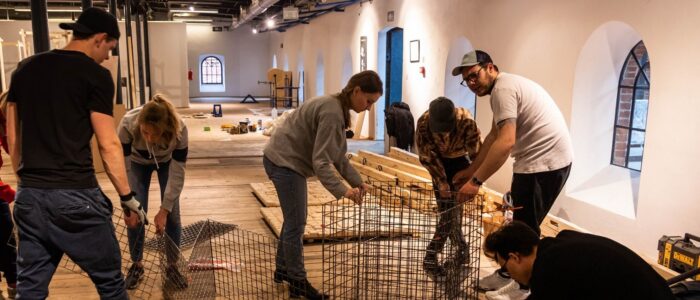
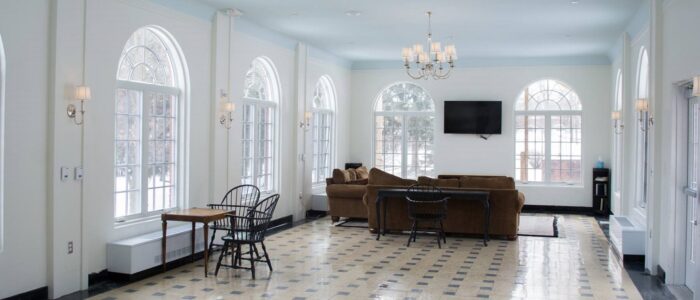
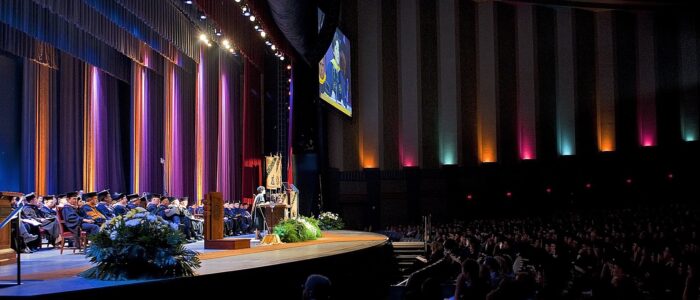

Issue: [19-153]
Category: ICT, Mechanical, Electrical
Source: ANSI Standards Action Page 5
How Deep Is Your Love
This content is accessible to paid subscribers. To view it please enter your password below or send mike@standardsmichigan.com a request for subscription details.
Rain
This content is accessible to paid subscribers. To view it please enter your password below or send mike@standardsmichigan.com a request for subscription details.
Is Virtue Signaling Making Us Sick?
Moral grandstanding in public discourse: Status-seeking motives as a potential explanatory mechanism in predicting conflict
aBSTRACT: Public discourse is often caustic and conflict-filled. This trend seems to be particularly evident when the content of such discourse is around moral issues (broadly defined) and when the discourse occurs on social media. Several explanatory mechanisms for such conflict have been explored in recent psychological and social-science literatures. The present work sought to examine a potentially novel explanatory mechanism defined in philosophical literature: Moral Grandstanding. According to philosophical accounts, Moral Grandstanding is the use of moral talk to seek social status. For the present work, we conducted six studies, using two undergraduate samples (Study 1, N = 361; Study 2, N = 356); a sample matched to U.S. norms for age, gender, race, income, Census region (Study 3, N = 1,063); a YouGov sample matched to U.S. demographic norms (Study 4, N = 2,000); and a brief, one-month longitudinal study of Mechanical Turk workers in the U.S. (Study 5, Baseline N = 499, follow-up n = 296), and a large, one-week YouGov sample matched to U.S. demographic norms (Baseline N = 2,519, follow-up n = 1,776). Across studies, we found initial support for the validity of Moral Grandstanding as a construct. Specifically, moral grandstanding motivation was associated with status-seeking personality traits, as well as greater political and moral conflict in daily life.
https://www.ncbi.nlm.nih.gov/pmc/articles/PMC6795490/
Standard Portfolio Assessment of Risk
This content is accessible to paid subscribers. To view it please enter your password below or send mike@standardsmichigan.com a request for subscription details.
Blessing of the Animals
This content is accessible to paid subscribers. To view it please enter your password below or send mike@standardsmichigan.com a request for subscription details.
“Prestigious”
This content is accessible to paid subscribers. To view it please enter your password below or send mike@standardsmichigan.com a request for subscription details.
New update alert! The 2022 update to the Trademark Assignment Dataset is now available online. Find 1.29 million trademark assignments, involving 2.28 million unique trademark properties issued by the USPTO between March 1952 and January 2023: https://t.co/njrDAbSpwB pic.twitter.com/GkAXrHoQ9T
— USPTO (@uspto) July 13, 2023
Standards Michigan Group, LLC
2723 South State Street | Suite 150
Ann Arbor, MI 48104 USA
888-746-3670




